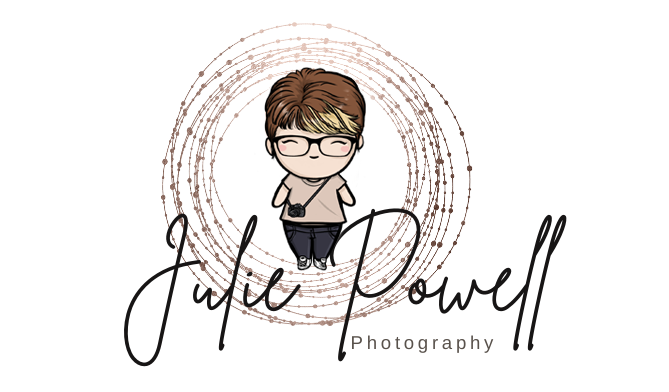Using a mouse versus a pen display
In the world of digital art and design, choosing the right tool can make a huge difference in the quality and efficiency of your work. The same goes for post-processing photographs. Two popular options are the traditional mouse and the more advanced pen display. While both tools have their advantages and disadvantages, understanding the differences between them can help you make the best decision for your needs.
Photo by Florian Berger on Unsplash
The mouse: A classic tool
The computer mouse has been a staple of digital design since the 1980s. It’s a simple and intuitive tool that most people are already familiar with. With the mouse, you can click, drag, and drop objects on your computer screen, making it ideal for tasks like web browsing, document editing, and basic graphic design.
One of the main advantages of the mouse is its affordability. You can buy a high-quality mouse for a fraction of the cost of a pen display. Additionally, mice are widely available and compatible with virtually every computer, making them a convenient choice for people who use multiple devices.
However, the mouse does have some limitations. For example, it’s not ideal for tasks that require precision, such as drawing or painting. With a mouse, it can be difficult to create smooth, flowing lines, and you may need to spend more time editing your work to achieve the desired result. Additionally, using a mouse for extended periods of time can lead to hand and wrist fatigue, making it uncomfortable for some people to use for long periods.
Veikk VK1200 Pen Display
The pen display: A high-tech solution
In recent years, pen displays have become an increasingly popular tool for digital artists, designers and photographers. A pen display is essentially a computer monitor that you can draw on using a stylus pen. This allows you to create digital art and designs with the same level of precision and control as you would with traditional pen and paper.
One of the biggest advantages of a pen display is its high level of precision. With a stylus pen, you can create detailed, intricate designs with ease. Additionally, because you’re drawing directly on the screen, you can see exactly where your pen is going, allowing you to create more natural-looking lines and shapes. You can use pen pressure sensitivity to make detailed drawings and editing more effortless.
Another benefit of the pen display is its ergonomic design. Because you’re drawing on the screen, you can maintain a more natural posture and hand position, which can help reduce hand and wrist fatigue. This is especially important for artists, designers and photographers working long hours on their projects.
However, there are some downsides to using a pen display. For one, they can be more expensive than a mouse. Some high-quality pen displays have previously cost thousands of dollars, making them out of reach for many people. But thankfully there is now a much cheaper alternative that works like a dream. Additionally, pen displays can be more challenging to set up and use than a traditional mouse, and may require additional software or drivers to work properly.
The Veikk VK1200 Studio pen display
Making the right choice
When choosing between a mouse and a pen display, there is no one-size-fits-all answer. The best choice depends on your individual needs and preferences.
If you’re on a tight budget or primarily work with text-based documents, a mouse may be the better choice. A mouse is a simple and affordable tool that can handle most basic digital tasks with ease.
On the other hand, if you’re a digital artist, designer or photographer who values precision and control, a pen display may be the better choice. A pen display allows you to create detailed, intricate designs with ease and can help reduce hand and wrist fatigue during long work sessions.
Ultimately, the choice between a mouse and a pen display comes down to your individual needs and preferences. By understanding the advantages and disadvantages of each tool, you can make an informed decision that will help you achieve your goals and produce high-quality work.
The Veikk Viola L pen tablet
My personal preference
When it comes to writing, social media and correspondence I grab my mouse every time. I have been using one for nearly 30 years and it just feels right. However, when it comes to photo retouching, editing and digital art I can’t go past a tablet or pen display. I am happy with either, to be honest. If you are looking for something in between a mouse and a pen display then a drawing tablet, like the Veikk Viola L might suit your needs and is a much cheaper option than a pen display. I have been using the Veikk VK1200 Studio but I think the Veikk VK2200Pro might be a better option.
Looking to learn more about creating gorgeous art with a pen display and mixer brush in Photoshop? Learn to turn your photos into incredible digital art, why not check out my brand new self-paced online course, Master the Mixer Brush?







